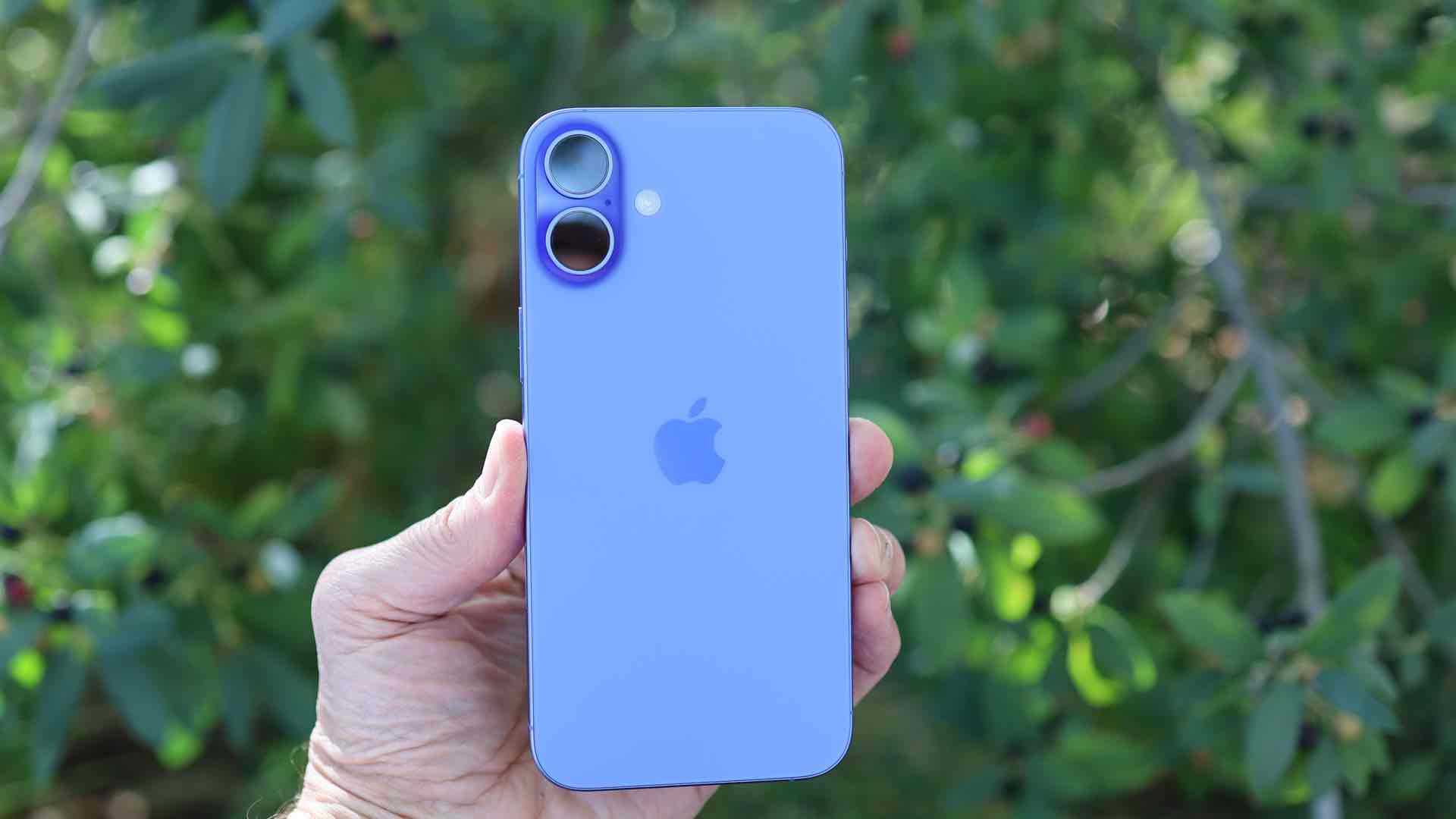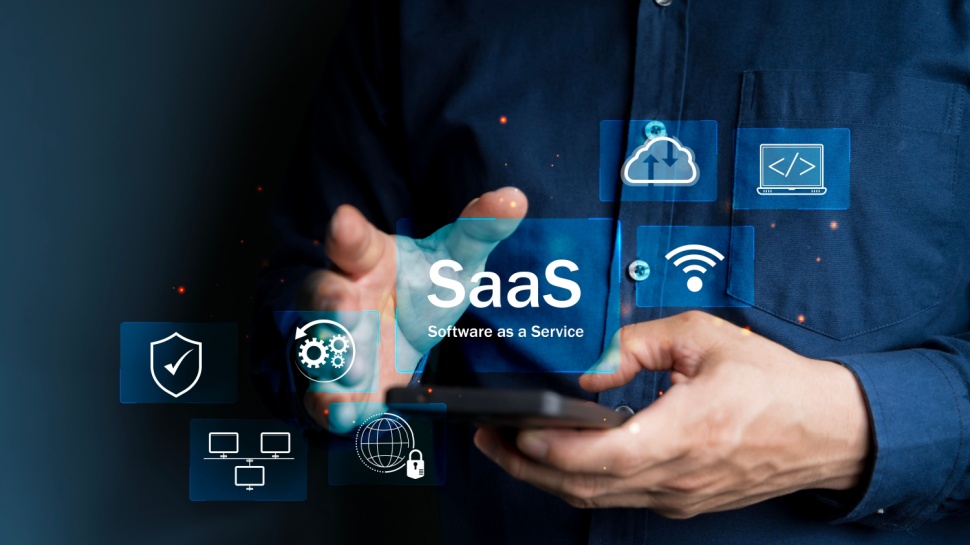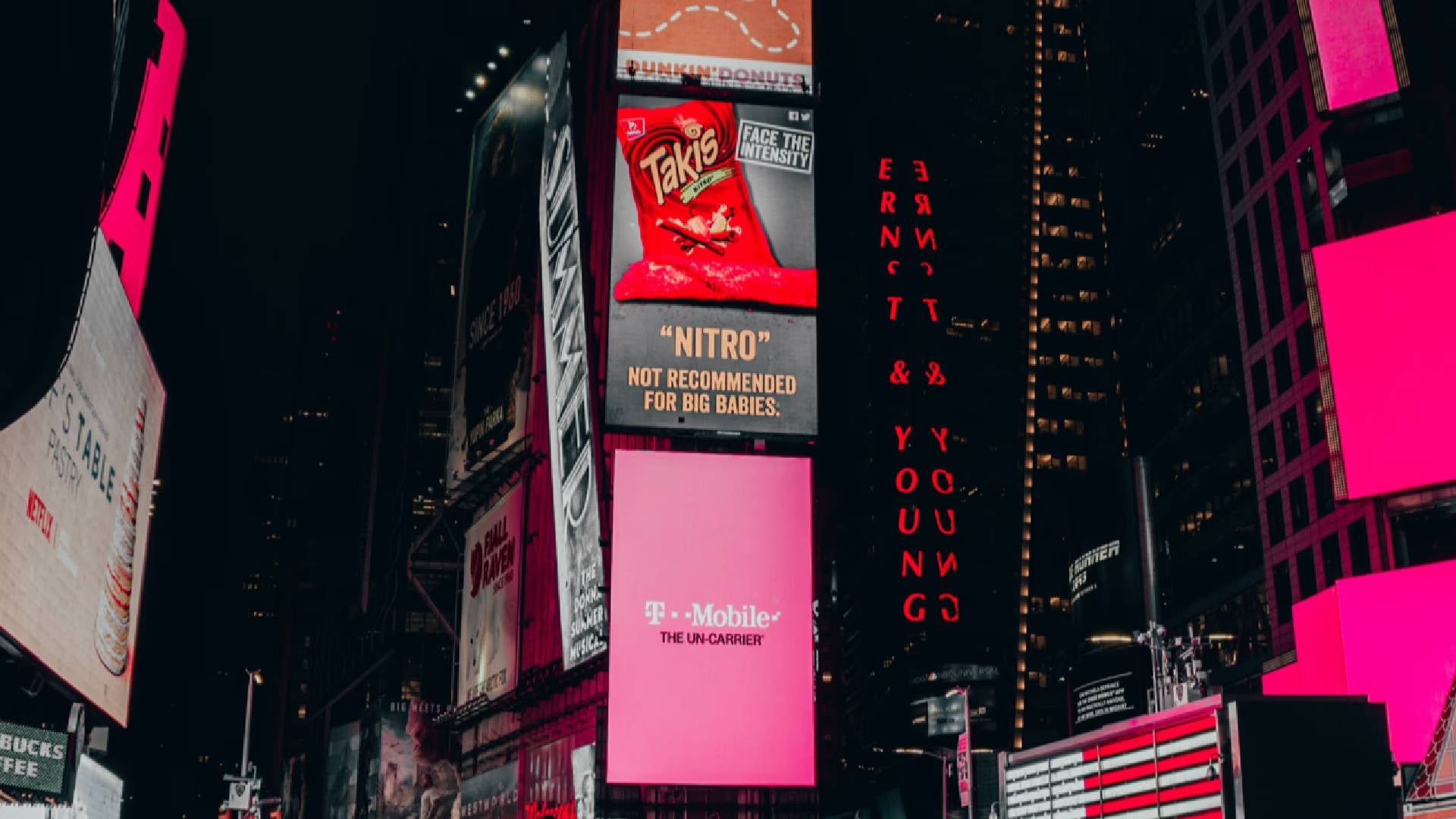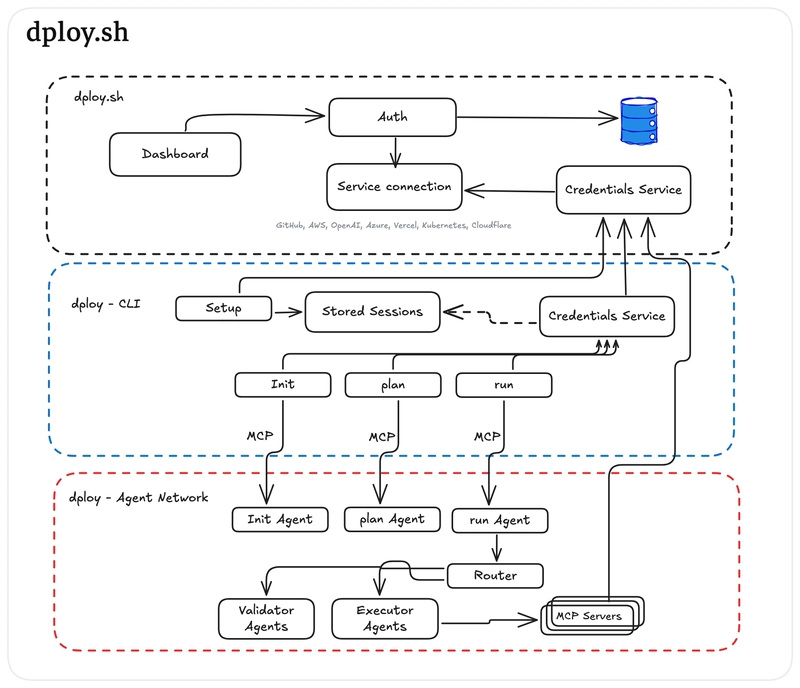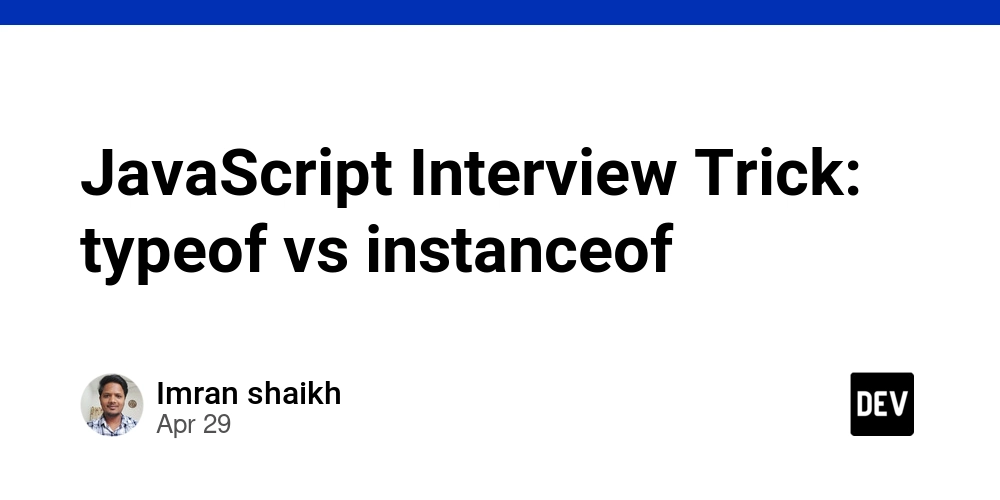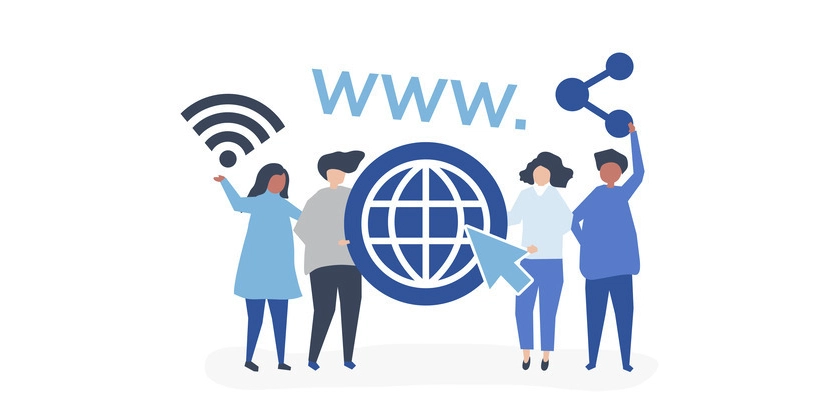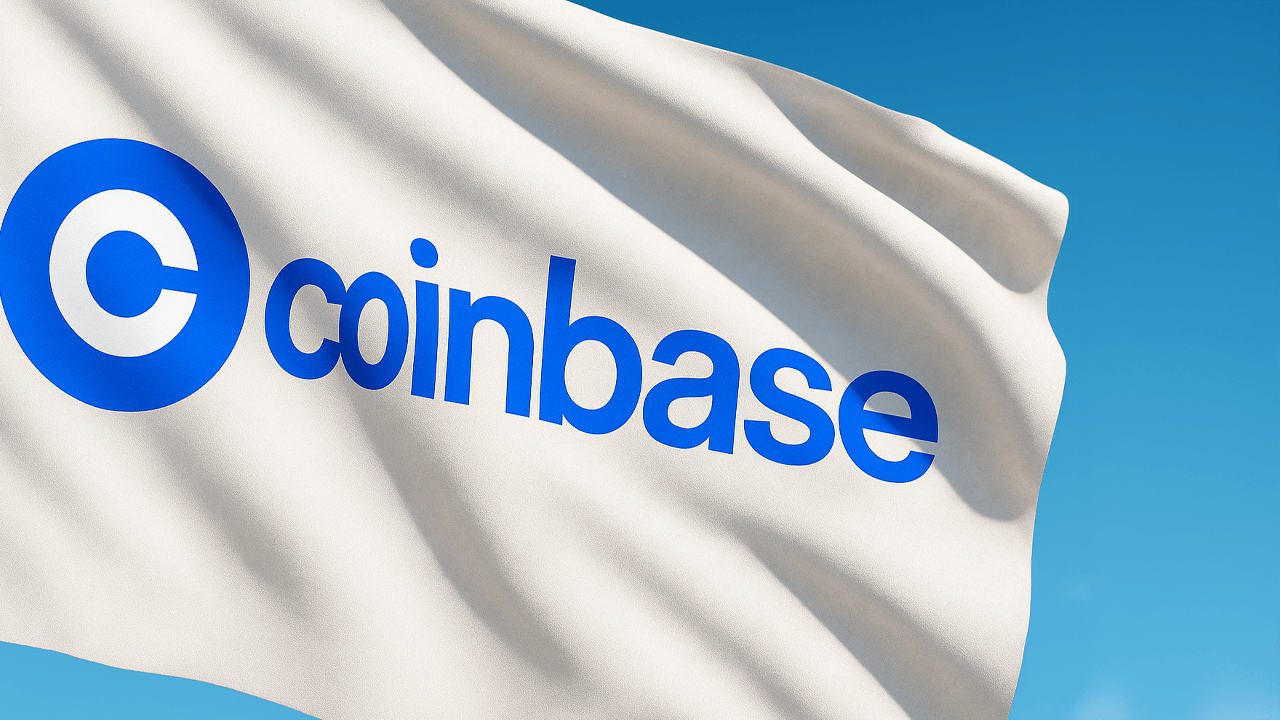XQL Group Playbook: High‑Performance B2B Marketing Channels for Early‑Stage Software Development Companies
Based on scaling 40+ dev shops worldwide Most early‑stage software development companies grow on referrals until the pipeline stalls. At XQL Group we’ve rescued 40+ teams from that cliff and engineered repeatable lead‑gen engines that fit the long, trust‑heavy sales cycles of custom software deals. Below is our long‑form, experience‑driven guide—rich with real CPL numbers, channel sequencing, and case evidence drawn from our client work as Fractional CMOs and internal lectures. This version uses plain Markdown syntax for maximum publishing compatibility. 1. How We Evaluate Channels When we assess a marketing channel for a dev shop, we score it on five dimensions: Buying‑stage fit – Does the channel let us educate technical and business buyers before the demo? Speed to first SQL – Can we gather feedback and pipeline impact inside a 60‑day cash window? Trust transfer – Does the platform borrow authority from respected brands, analysts, or founder expertise? Capital intensity – Can we throttle spend without damaging brand or abandoning sunk costs? Scalability ceiling – Once the channel is optimized, how far can volume scale before plateauing or quality drops? 2. Channel Roadmap by GTM Stage Validation stage (under \$1 M ARR) Cold email and LinkedIn DMs for fastest feedback. Founder‑led posting twice weekly to surface ICP pain points. Lightweight webinars or strategy sessions to test resonance. Traction stage (\$1‑3 M ARR) Sponsored profiles on Clutch or GoodFirms to borrow credibility. Service‑specific Google Search ads plus retargeting to nurture visitors. Continued outbound to amplify early brand awareness. Scale stage (beyond \$3 M ARR) Compounding SEO/content programs targeting solution keywords. Strategic partnerships (e.g., AWS, Webflow) for authority and pipeline. Thought‑leadership podcasts and conference appearances to create category gravity. One marketer and one SDR can effectively work a 300‑account segment when they stay focused on a single ICP cluster. 3. Organic Channels (Compounding Assets) 3.1 Founder‑Led LinkedIn Cadence: 2 insight posts per week and daily comments on ICP posts. Bridge activity CTA: 30‑minute architecture audit drives lurkers to pipeline. Consistently outperforms company pages 5 : 1 in demo bookings within six weeks. 3.2 SEO & Authority Content Budget: \$5 k per month for at least 12 months. Target: Long‑tail solution terms like "MVP development for fintech startups". Weekly content scorecards prevent agency drift and keyword cannibalization. 3.3 Developer & Buyer Communities Share code on GitHub, answer Stack Overflow questions, host AMAs in niche Slack groups. Builds pricing power—one client raised rates 15 % after sustained community leadership. 3.4 Strategic Partnerships Accredit in ecosystems such as AWS Partner Network, Webflow Experts, or Plaid Partners. These directories create a durable trickle of warm, trust‑laden leads. 4. Paid Channels (Demand‑Capture Accelerants) Clutch & GoodFirms Sponsorships Fast credibility while SEO ramps. Budget range: \$400–800 per lead. A featured listing in a niche category closed a \$300 k deal within three months. Avoid broad pages—pick specialized subpages where intent is clear and competition lower. Google Search Ads Kick in with service‑specific landing pages and at least \$5 k monthly budget. Focus on exact and phrase match; add negatives like "tutorial" or "course" to protect budget. Portfolio CPL averages \$400–800 depending on region and tech stack. LinkedIn Ads Switch on once mid‑funnel assets (case studies, guides) are live. CPCs are steep, but cost‑per‑demo remains favorable in technical niches. Always‑on retargeting nurtures site visitors across 6–12 touches. Meta (Facebook / Instagram) Ads Best for warm retargeting or talent‑brand amplification. Not recommended as a primary cold‑lead engine for enterprise software deals. YouTube In‑Feed Ads Effective for content‑heavy orgs; cost‑per‑view sits near \$0.10. Ideal for amplifying conference talks, webinars, or deep‑dive demos. 5. Outbound Workhorses Cold Email – Tight personalization (~1 000 contacts) yields cost‑per‑MQL around \$94. Use three‑touch sequences and honor opt‑outs to protect sender reputation. LinkedIn DMs – Typically the lowest CPL (~\$65), but segments burn quickly; rotate industries/roles quarterly. Upwork & Freelance Marketplaces – Useful for early proof‑of‑concept work; quality drops above \$50 k contract size. 6. Common Pitfalls and Fixes Category Myopia on Clutch – Spending big on the broad Software Development leaderboard returned one lukewarm lead. Niche pages convert better at lower cost. Untamed Broad‑Match Keywords – An ad set for "custom CRM development" matched "CRM trainin
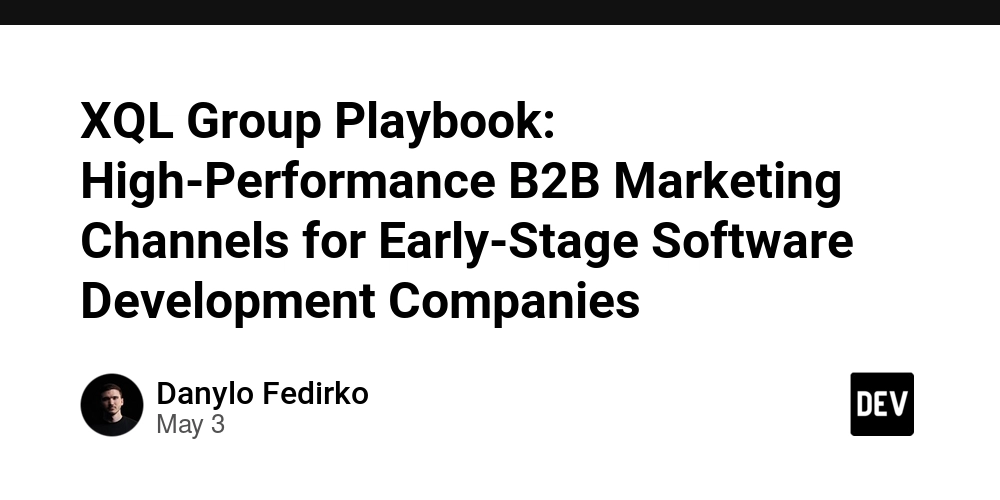
Based on scaling 40+ dev shops worldwide
Most early‑stage software development companies grow on referrals until the pipeline stalls. At XQL Group we’ve rescued 40+ teams from that cliff and engineered repeatable lead‑gen engines that fit the long, trust‑heavy sales cycles of custom software deals.
Below is our long‑form, experience‑driven guide—rich with real CPL numbers, channel sequencing, and case evidence drawn from our client work as Fractional CMOs and internal lectures. This version uses plain Markdown syntax for maximum publishing compatibility.
1. How We Evaluate Channels
When we assess a marketing channel for a dev shop, we score it on five dimensions:
- Buying‑stage fit – Does the channel let us educate technical and business buyers before the demo?
- Speed to first SQL – Can we gather feedback and pipeline impact inside a 60‑day cash window?
- Trust transfer – Does the platform borrow authority from respected brands, analysts, or founder expertise?
- Capital intensity – Can we throttle spend without damaging brand or abandoning sunk costs?
- Scalability ceiling – Once the channel is optimized, how far can volume scale before plateauing or quality drops?
2. Channel Roadmap by GTM Stage
Validation stage (under \$1 M ARR)
- Cold email and LinkedIn DMs for fastest feedback.
- Founder‑led posting twice weekly to surface ICP pain points.
- Lightweight webinars or strategy sessions to test resonance.
Traction stage (\$1‑3 M ARR)
- Sponsored profiles on Clutch or GoodFirms to borrow credibility.
- Service‑specific Google Search ads plus retargeting to nurture visitors.
- Continued outbound to amplify early brand awareness.
Scale stage (beyond \$3 M ARR)
- Compounding SEO/content programs targeting solution keywords.
- Strategic partnerships (e.g., AWS, Webflow) for authority and pipeline.
- Thought‑leadership podcasts and conference appearances to create category gravity.
One marketer and one SDR can effectively work a 300‑account segment when they stay focused on a single ICP cluster.
3. Organic Channels (Compounding Assets)
3.1 Founder‑Led LinkedIn
- Cadence: 2 insight posts per week and daily comments on ICP posts.
- Bridge activity CTA: 30‑minute architecture audit drives lurkers to pipeline.
- Consistently outperforms company pages 5 : 1 in demo bookings within six weeks.
3.2 SEO & Authority Content
- Budget: \$5 k per month for at least 12 months.
- Target: Long‑tail solution terms like "MVP development for fintech startups".
- Weekly content scorecards prevent agency drift and keyword cannibalization.
3.3 Developer & Buyer Communities
- Share code on GitHub, answer Stack Overflow questions, host AMAs in niche Slack groups.
- Builds pricing power—one client raised rates 15 % after sustained community leadership.
3.4 Strategic Partnerships
- Accredit in ecosystems such as AWS Partner Network, Webflow Experts, or Plaid Partners.
- These directories create a durable trickle of warm, trust‑laden leads.
4. Paid Channels (Demand‑Capture Accelerants)
Clutch & GoodFirms Sponsorships
- Fast credibility while SEO ramps.
- Budget range: \$400–800 per lead.
- A featured listing in a niche category closed a \$300 k deal within three months.
- Avoid broad pages—pick specialized subpages where intent is clear and competition lower.
Google Search Ads
- Kick in with service‑specific landing pages and at least \$5 k monthly budget.
- Focus on exact and phrase match; add negatives like "tutorial" or "course" to protect budget.
- Portfolio CPL averages \$400–800 depending on region and tech stack.
LinkedIn Ads
- Switch on once mid‑funnel assets (case studies, guides) are live.
- CPCs are steep, but cost‑per‑demo remains favorable in technical niches.
- Always‑on retargeting nurtures site visitors across 6–12 touches.
Meta (Facebook / Instagram) Ads
- Best for warm retargeting or talent‑brand amplification.
- Not recommended as a primary cold‑lead engine for enterprise software deals.
YouTube In‑Feed Ads
- Effective for content‑heavy orgs; cost‑per‑view sits near \$0.10.
- Ideal for amplifying conference talks, webinars, or deep‑dive demos.
5. Outbound Workhorses
- Cold Email – Tight personalization (~1 000 contacts) yields cost‑per‑MQL around \$94. Use three‑touch sequences and honor opt‑outs to protect sender reputation.
- LinkedIn DMs – Typically the lowest CPL (~\$65), but segments burn quickly; rotate industries/roles quarterly.
- Upwork & Freelance Marketplaces – Useful for early proof‑of‑concept work; quality drops above \$50 k contract size.
6. Common Pitfalls and Fixes
- Category Myopia on Clutch – Spending big on the broad Software Development leaderboard returned one lukewarm lead. Niche pages convert better at lower cost.
- Untamed Broad‑Match Keywords – An ad set for "custom CRM development" matched "CRM training course" and burned 75 % of budget. Swap to phrase/exact match.
- Content Without a Bridge Offer – Thought pieces alone seldom convert. Attach a diagnostic CTA to triple MQL flow.
- Early Over‑Diversification – Two channels executed flawlessly beat six executed poorly. Master one, then layer the next.
7. Sample One‑Year Budget (Narrative)
- Months 1‑3 – Allocate roughly \$10 k per month: \$2 k on a niche Clutch sponsorship, \$5 k on Google Ads, \$3 k on foundational SEO, plus cold‑email tooling.
- Months 4‑6 – Scale to about \$14.5 k per month: keep Google Ads at \$5 k, add LinkedIn Ads at \$3 k, raise SEO to \$4 k, and maintain sponsorship if ROI positive.
- Months 7‑12 – Step up to roughly \$17.5 k per month: Google Ads up to \$7 k, LinkedIn Ads to \$5 k, SEO to \$5 k, shift Clutch budget into certifications or community sponsorships.
8. Next Steps
The highest‑ROI path for early dev shops is sequential channel stacking: fast outbound for validation → authority ads and sponsorships for traction → compounding SEO, partnerships, and founder‑led social for scale. This architecture has produced \$300‑k deals and payback periods under four months across our client base.






































































































































































![[The AI Show Episode 145]: OpenAI Releases o3 and o4-mini, AI Is Causing “Quiet Layoffs,” Executive Order on Youth AI Education & GPT-4o’s Controversial Update](https://www.marketingaiinstitute.com/hubfs/ep%20145%20cover.png)












































































































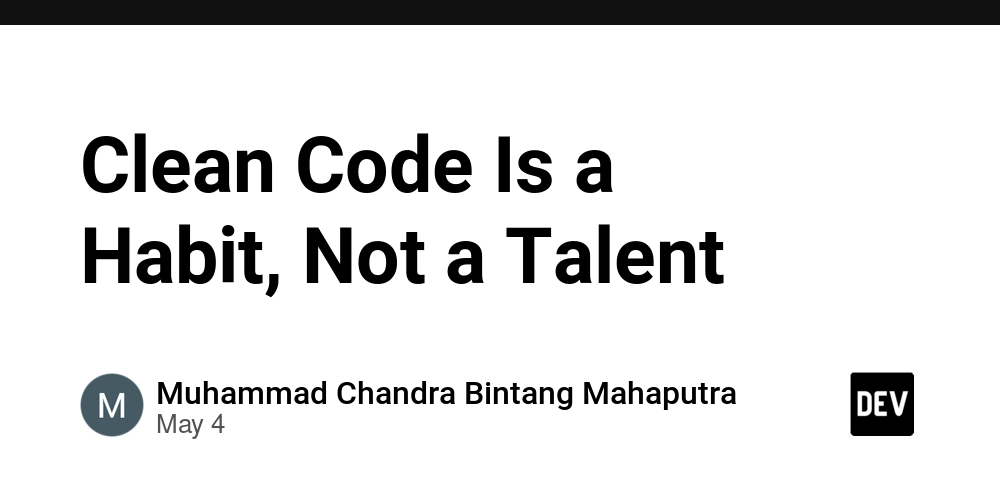














![[DEALS] Microsoft 365: 1-Year Subscription (Family/Up to 6 Users) (23% off) & Other Deals Up To 98% Off – Offers End Soon!](https://www.javacodegeeks.com/wp-content/uploads/2012/12/jcg-logo.jpg)




![From Art School Drop-out to Microsoft Engineer with Shashi Lo [Podcast #170]](https://cdn.hashnode.com/res/hashnode/image/upload/v1746203291209/439bf16b-c820-4fe8-b69e-94d80533b2df.png?#)




















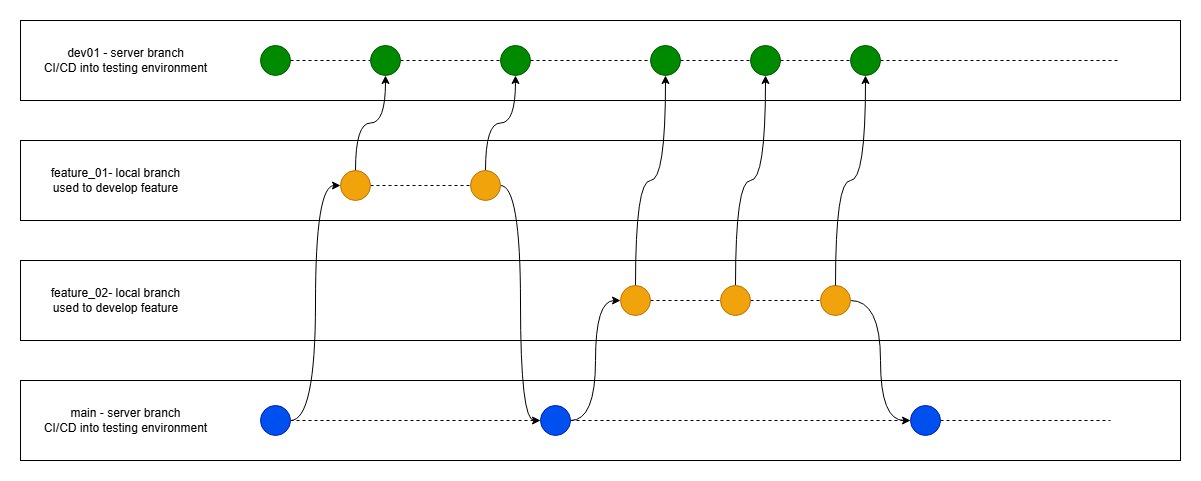



















































































(1).jpg?#)





















![New Apple iPad mini 7 On Sale for $399! [Lowest Price Ever]](https://www.iclarified.com/images/news/96096/96096/96096-640.jpg)










_Inge_Johnsson-Alamy.jpg?width=1280&auto=webp&quality=80&disable=upscale#)

















































































































![Apple to Split iPhone Launches Across Fall and Spring in Major Shakeup [Report]](https://www.iclarified.com/images/news/97211/97211/97211-640.jpg)
![Apple to Move Camera to Top Left, Hide Face ID Under Display in iPhone 18 Pro Redesign [Report]](https://www.iclarified.com/images/news/97212/97212/97212-640.jpg)
![Apple Developing Battery Case for iPhone 17 Air Amid Battery Life Concerns [Report]](https://www.iclarified.com/images/news/97208/97208/97208-640.jpg)















